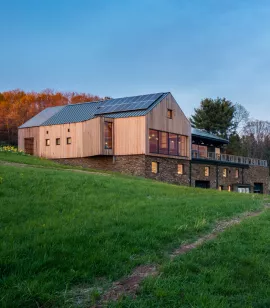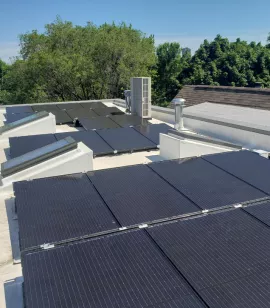Guaranteed Comfort
Our third-party quality assurance ensures that every Phius building is comfortable and healthy.
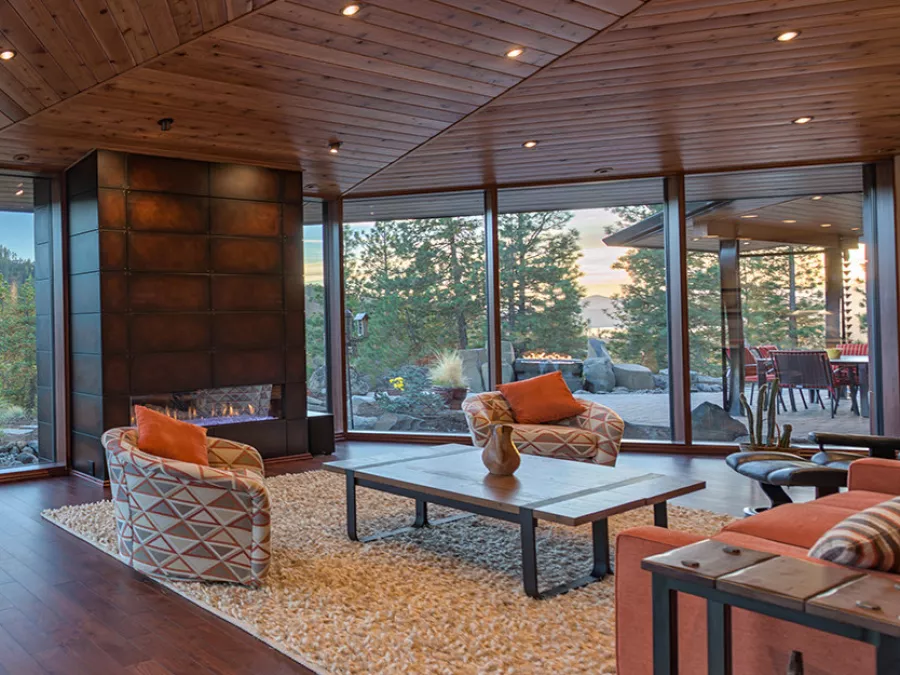
Find out why Phius is the most effective and widely applicable passive building standard.
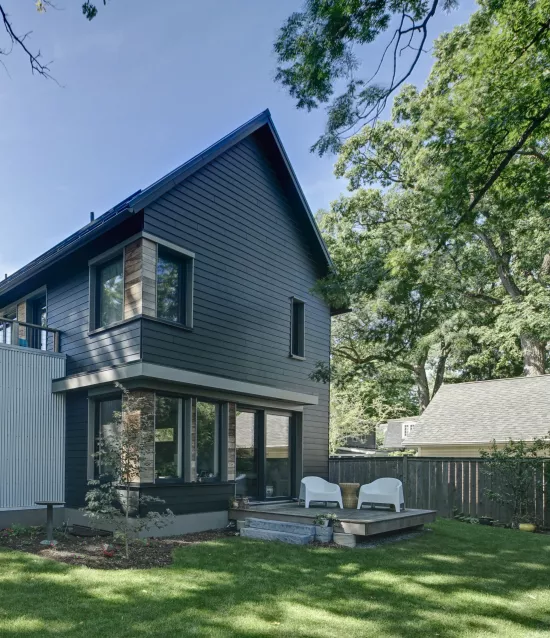
Phius puts passive building principles into practice in a way that is both cost-optimized and climate-appropriate. This means you will pay less to build it than for other passive certifications and your home/building is quality assured, so you can count on an extremely comfortable, healthy, and resilient building
These are some of the main differentiators between Phius and other passive house certifications.
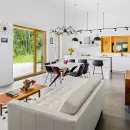
Our third-party quality assurance ensures that every Phius building is comfortable and healthy.
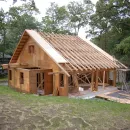
The Phius Standard is designed to weigh energy saving measures with the cost of implementation to find the perfect equilibrium for each project.

At Phius, we understand that different climate zones call for different design strategies to ensure maximum efficiency and cost-effectiveness.
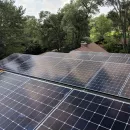
Phius certified projects are proven to use 40-60 percent less energy than code-built buildings at minimal to no upfront cost premium.
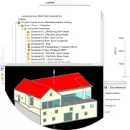
When a project team submits designs for Phius certification, we work with the submitter to help guide them to certification.
Phius-certified buildings go through a rigorous quality control process, ensuring safety for the environment and the building inhabitants.
Phius buildings have been proven to be more resilient in the event of natural disasters, such as wildfires and extreme heat and cold events.
Superb indoor air quality is a prerequisite for Phius certification – you can count on a healthy environment.
The holistic design of Phius buildings make them uniquely built for the long haul.
Superinsulation and efficient mechanical systems help maintain the strict comfort standards required for Phius certification.
Phius projects require minimal to no additional upfront costs, while guaranteeing substantial energy cost savings in the future.
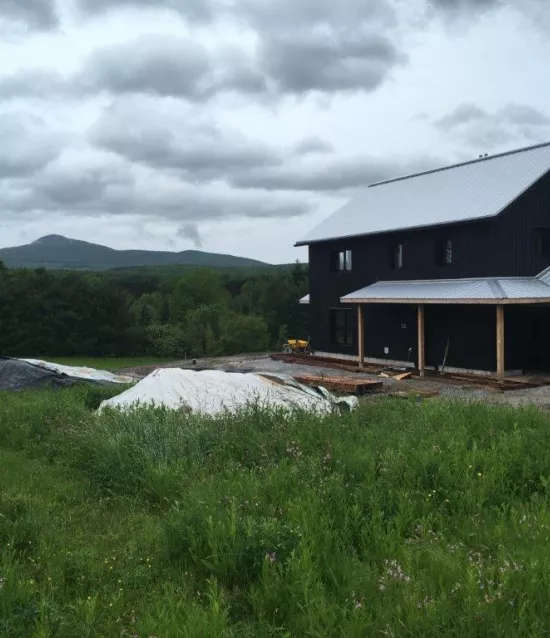
Carbon neutrality is one of our prime directives at Phius, and with our climate-appropriate energy targets and electrification requirements, constructing a building to our standards goes a long way in reducing a person or organization’s carbon footprint.
